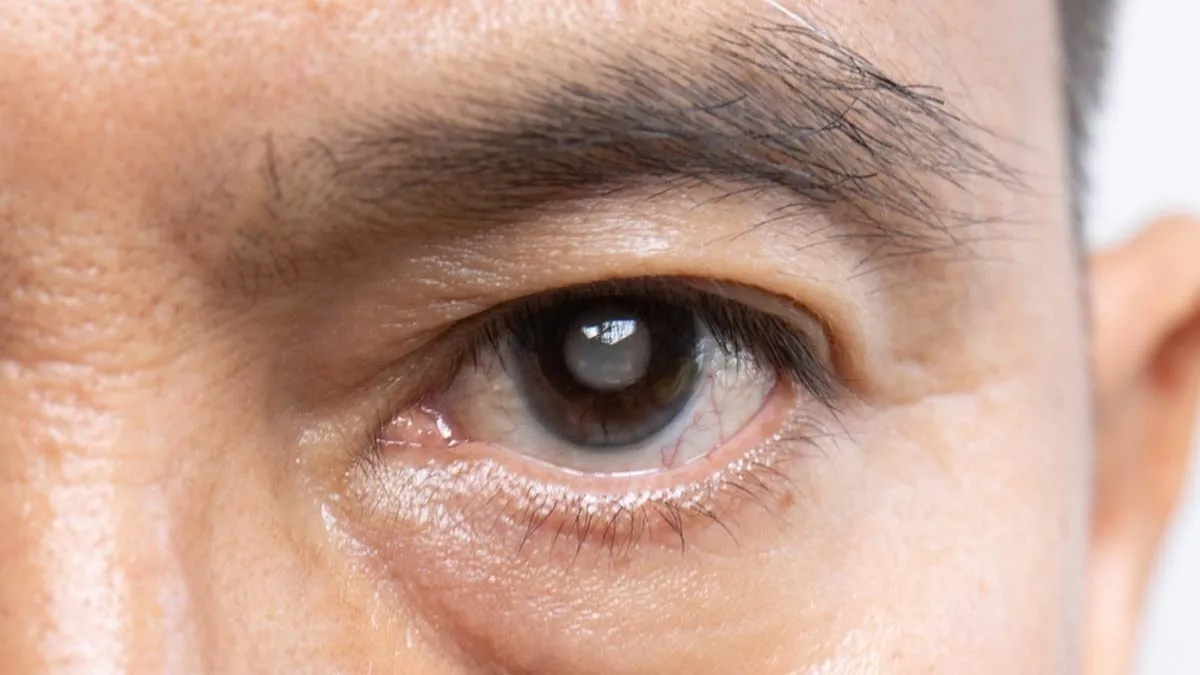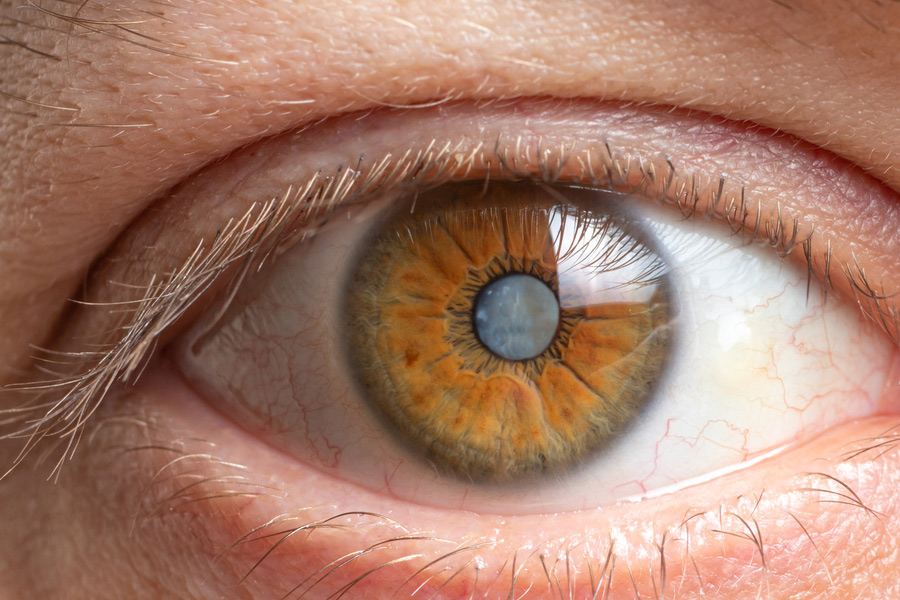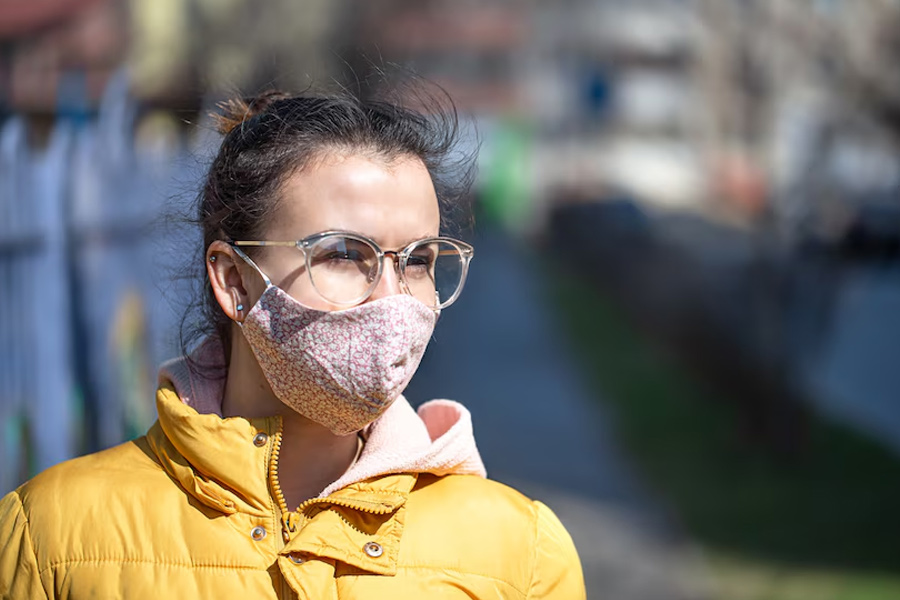
Development of cataract is often associated with ageing, making them a leading cause of blindness across the world. But did you know that pollution too can affect your eyes and can increase the risk of cataract? Recent research has shed light on pollution as an accelerating factor for cataract development, especially among younger populations. This emerging concern underscores the urgency to address pollution's role in eye health and its broader implications.
Table of Content:-
To understand how pollution can cause cataract, OnlyMyHealth team Dr Neeraj Sanduja, MBBS, MS, Ophthalmologist, and Eye Surgeon, Viaan Eye and Retina Centre, Gurugram.
Understanding Cataracts
Cataracts occur when the natural lens of the eye becomes cloudy, distorting vision. While they are most common in individuals over the age of 60, there has been a noticeable rise in younger people developing this condition. This trend has prompted investigations into environmental factors, including pollution, ultraviolet (UV) radiation, and exposure to harmful chemicals.
Dr Neeraj Sanduja explains, "While age and genetics remain significant contributors to cataract formation, external factors like pollution are becoming increasingly relevant. The shift in age demographics for cataract patients is a cause for concern and warrants immediate attention."
Also read: Cataracts Vs Glaucoma: Doctor Explains The Difference Between The Two Eye Conditions
The Pollution-Cataract Connection

Particulate Matter (PM)
Fine particulate matter, such as PM2.5 and PM10, poses a significant threat to eye health. These pollutants induce oxidative stress, which accelerates the ageing of ocular tissues. "Chronic exposure to high levels of particulate matter can exacerbate lens clouding, increasing the likelihood of cataract development," says Dr Sanduja. Studies reveal that oxidative stress caused by these particles also contributes to inflammation, further aggravating eye health.Ultraviolet Radiation (UV)
Pollution intensifies UV exposure by two mechanisms: reflection and refraction of UV rays by particulate matter and depletion of the ozone layer by pollutants like chlorofluorocarbons (CFCs).
"Prolonged exposure to UV rays is a well-documented risk factor for cataracts. Pollution worsens this impact, leaving our eyes more vulnerable," adds Dr Sanduja.Toxic Chemicals
Airborne toxins, including sulphur dioxide, nitrogen oxides, and carbon monoxide, can irritate and damage ocular tissues. These substances contribute to oxidative stress, hastening the clouding of the lens. "Urban areas with high pollution levels expose individuals to a cocktail of harmful chemicals, significantly increasing their risk of cataracts," notes Dr Sanduja.

Urbanisation and Lifestyle Factors
Urbanisation and industrialisation have led to increased pollution levels, placing urban residents at higher risk of cataracts. Vehicle emissions, industrial pollutants, and construction dust are constant threats in cities. Additionally, lifestyle factors like prolonged screen time and insufficient protection against UV rays amplify the problem. "People often assume they are safe indoors, but UV rays can penetrate windows, and pollutants can seep inside, affecting eye health," warns Dr Sanduja.
Also read: Can Cataract Be Prevented? Doctor Shares Tips To Avoid It
Prevention and Awareness
Protecting eye health from pollution requires both individual efforts and systemic changes. Here are some steps to mitigate the risks:

Wear Protective Eyewear:
"Invest in UV-blocking sunglasses to shield your eyes from harmful rays during outdoor activities," advises Dr Sanduja.
Practice Good Eye Hygiene:
Regularly rinse your eyes and avoid rubbing them to prevent irritation caused by pollutants.
Routine Eye Check-ups:
Early detection of cataracts through regular eye exams can prevent severe complications.
Improve Indoor Air Quality:
Use air purifiers and indoor plants to reduce exposure to airborne toxins.
Dr Sanduja emphasises, "Raising awareness about the link between pollution and cataracts is crucial. By adopting protective measures and advocating for a cleaner environment, we can significantly reduce the burden of this condition."
Policy-Level Interventions
The role of governments and organisations in combating pollution cannot be overstated. Stronger regulations on industrial emissions, public health campaigns, and investments in clean energy are essential to addressing this issue.
"The frequent occurrence of early-onset cataracts highlights the need for global action," Dr Sanduja points out. "Policymakers must prioritise initiatives that reduce pollution and its impact on public health."
Conclusion
The link between pollution and cataracts is a stark reminder of the interconnectedness of environmental and health issues. Tackling pollution is not only about preserving vision but also ensuring the overall well-being of future generations.
"Addressing pollution's impact on eye health requires a collaborative approach," concludes Dr Sanduja. "By protecting our environment today, we can safeguard the eyesight of millions tomorrow."
Through awareness, prevention, and policy changes, the rising threat of pollution-induced cataracts can be mitigated, paving the way for a healthier and clearer future for all.
Also watch this video
Read Next
Gallstones Vs Kidney Stones: Expert Shares Guide To Identifying The Causes Of Abdominal Pain
How we keep this article up to date:
We work with experts and keep a close eye on the latest in health and wellness. Whenever there is a new research or helpful information, we update our articles with accurate and useful advice.
Current Version